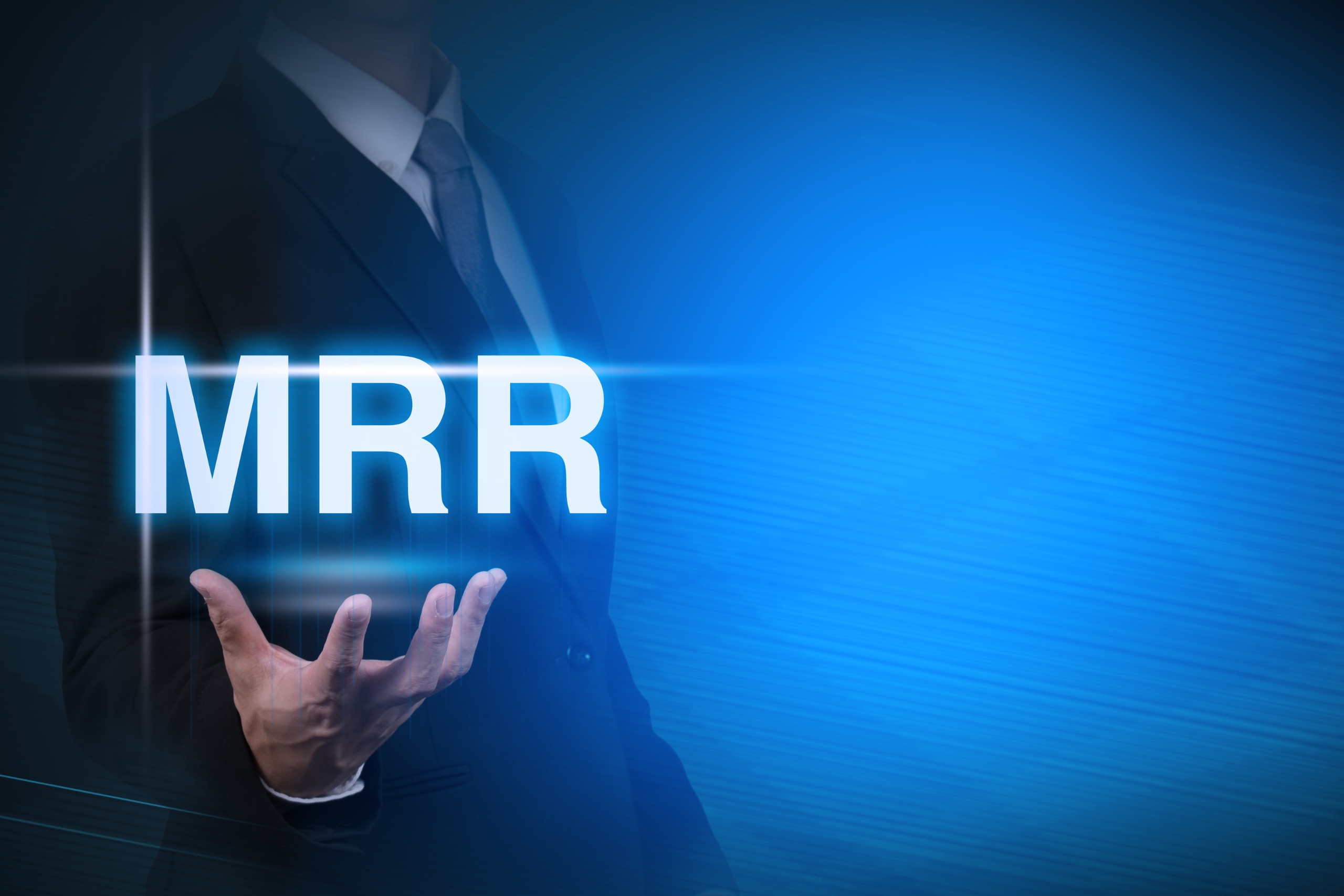Introduction
Every marketing agency starts out with big plans for growth, but it takes a long time for a small business to grow into a successful, scalable one. The choices, tools, and methods that are used lead to growth, which doesn’t happen all at once. It takes place in steps. They do very well if they can adapt to each stage of growth and use technology that helps them work better.
The idea behind the growth curve for agencies CRM is a simple but useful way to track how an agency goes from one level to the next. You can help agencies do much better than “survival mode” if you teach them these steps and give them the right tools. Clients want results that can be tracked and work that needs to be done faster in today’s market. This is the growth curve that agencies need to understand if they want to go from 1X performance to 10X success.
Understanding the Growth Curve for Agencies
The agency growth chart shows how a company changes and grows over time. It’s mostly about how to change from a small, reactive service provider to a big, proactive growth partner. A lot of the time, agencies start at level 1, where each win is important but also easy to lose. Things are mostly done by hand right now, there isn’t much organization in the processes, and growth looks iffy.
Agencies move up the curve as they get older by setting up processes, making them more efficient, and learning how to repeat successes. When an agency uses a complete system that gets rid of bottlenecks and lets it grow, that’s when things start to change. A current CRM made for agencies is often what makes this move possible. Harvard Business Review has said many times that systemization leads to long-term growth, and customer relationship management (CRM) systems are the building blocks of those systems.
Stage One: The 1X Agency
When they first start out, companies focus on getting their first clients. Revenue isn’t always steady, most tasks have to be done by hand, and a lot of time is spent balancing different jobs. A lot of the time, the founder is also the boss, the salesperson, and the account manager at the same time.
This stage is the most fragile, but it also sets the stage for future success. It can be very upsetting to lose just one client. Often, the lack of repeatable processes, not the amount of demand that could exist, is what stops growth. A lot of companies hit a wall early on because they spend too much time running the business instead of working on it.
Stage Two: Building Consistency
As companies get more clients, they start to focus on being consistent. System for automating emails, managing projects, and making simple reports start to show up at this time. But many agencies still use a lot of different tools that don’t work well together, which wastes time and money. It’s hard to keep track of reports when data is spread out and follow-ups aren’t always done the same way.
This is where putting in a CRM system for the first time can start to change how things are done. A good CRM keeps leads organized, handles flows, and makes sure that chances are tracked correctly. At this point, agencies start to see smoother growth and better client engagement as they rely less on human tracking. Forbes has said that consistent customer service is key to long-term profits. This is why this step is so important for going up the growth curve.
Stage Three: Scaling Operations
When growth is possible, the business moves from being small to being medium-sized. At this point, agencies know that to grow, they need to do more than just work hard. They need to work smart too. A strong CRM designed for agencies brings together sales processes, marketing strategies, and contact with clients all in one place.
This cuts down on lost time and lets companies serve more clients without hiring more people. Follow-ups are always the same, pipelines are automatic, and ads are easy to copy across accounts. HubSpot study shows that automation is one of the best ways for service businesses to grow. At this point, automation is what separates companies that stay the same from those that grow quickly.
Stage Four: Creating Recurring Revenue
When regular revenue comes into the picture, growth can last. At this level, agencies stop billing based on projects and start using fees or white-label SaaS models instead. When a CRM has white-label features, it lets companies repackage technology under their own name and give subscription-based solutions to clients.
The growth curve’s path has changed because of this shift. Instead of regular income that isn’t stable, agencies create steady lines of income. Stability comes from being able to plan ahead, and trust to invest in more growth comes from being able to plan ahead. Harvard Business Review says that regular income models make businesses more stable. This is a changing point on the agency growth curve.
Stage Five: 10X Growth Achieved
At the very top of the curve, there is exponential growth. This is when a company grows ten times faster than it did at first. There aren’t as many things to do now, you have a steady income, and most of the troubles have been taken care of naturally.
Not only do agents want to stay safe, they also want to win. They are seen as more than just service providers; they are also seen as business partners. People in the market trust the firm’s name, and clients see them as crucial to their long-term success. Plus, they’re even better than their competitors because they use cutting edge CRM features like AI-driven follow-ups, client websites, and deep reports.
Neil Patel says that companies that grow this fast do so because they know how to use systems well, are open to new ideas, and have built relationships that can grow with their tools. This is what the 10X business is all about.
Why CRMs Matter on the Growth Curve
A CRM’s job is something that comes up at every stage of the growth curve. At first, it helps keep things in order. It adds efficiency and stability in the middle steps. Higher steps let you make a steady income and make things better for your clients.
As a company grows, it’s important to know how to use the right CRM. Things move more slowly and chances are lost without it. It’s simple, moves quickly, and gives agencies room to grow, which is what they need to do to go from 1X starts to 10X results.
People who work for HubSpot, a big name in marketing tech, always say that CRMs are the best way to make more money. It’s much easier to move up the growth curve if you use a CRM every day.
Overcoming Challenges Along the Curve
The rate of growth can go badly. One of the many problems agencies face is losing clients. Another is not having enough money or the right people to work for them. They can be fixed with a business CRM, though. Automatic contact makes it less likely for employees to leave, combining systems frees up resources, and steady income makes the business more stable financially.
You can move agencies along the curve more quickly if they take care of these issues ahead of time. Now, they don’t just deal with problems as they come up; they plan for them and solve them before growth stops. This kind of strategy thinking is what makes companies that grow stand out from those that stay small.
Building the Right Mindset for Growth
For your business to grow, tools like CRMs are important, but how you think is even more so. When a firm thinks of technology as an investment rather than an expense, it performs well. They care more about growing over the long run than making quick money.
If agencies think this way, they can remain adaptable and ahead of the game. It helps them stay on top of new trends, be open to new ideas, and provide customers what they want even when the market changes. Forbes has said many times that attitude is a key part of being a leader. Why is this idea even more important now? Because technology changes so quickly in the world of agencies.

Conclusion
In this case, the line from 1X to 10X is not straight. How the government chooses to do things and the tools they use make up the curve. You can see the different stages of growth with the agency growth curve CRM. It also shows you how important a CRM is at each stage.
Firms that know this method and spend money on systems that can be increased are able to get past the issues of inconsistent data and manual work. They can get results that can be measured, make regular income, and build long-term relationships with clients. Mastering the growth curve is no longer a nice-to-have in a field where competition and steady change are the norm; it’s the only way to get to the top, gain power, and experience exponential growth.




